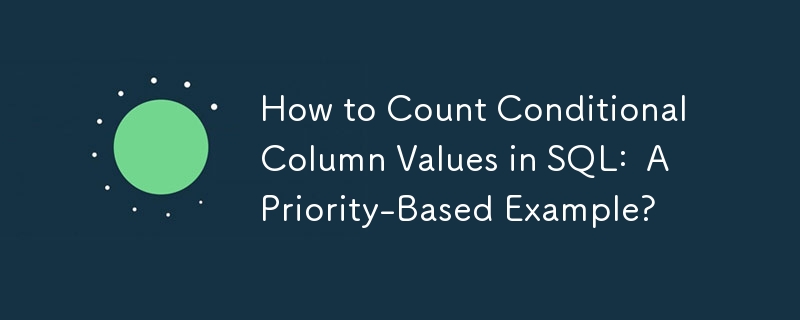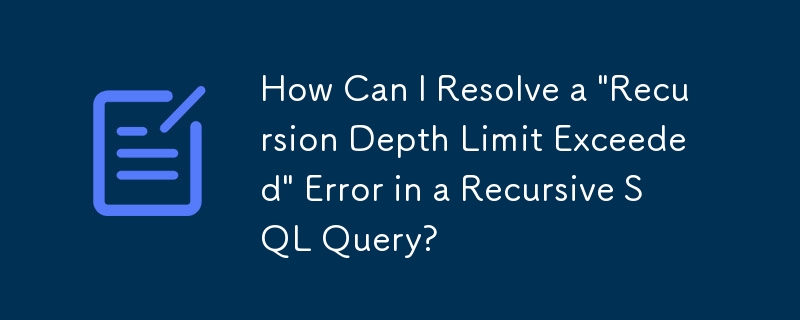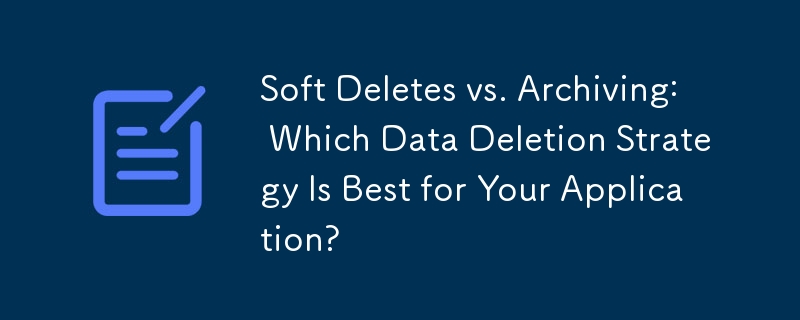Found a total of 10000 related content
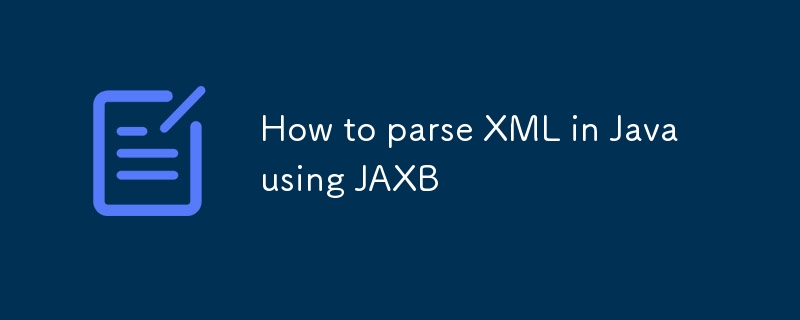
How to parse XML in Java using JAXB
Article Introduction:First, you need to add JAXB dependencies, then create a Java class with JAXB annotation, then use JAXBContext and Unmarshaller to parse the XML file, and finally get the data through getters; 1. For Java9, you need to add jaxb-api and jaxb-runtime dependencies in Maven or Gradle; 2. Create a POJO class and use @XmlRootElement, @XmlElement, etc. to map the XML structure to ensure that it contains a parameterless constructor; 3. Use JAXBContext.newInstance() to create a context and call createUnmarshall
2025-08-31
comment 0
748

What is the concept of reflection and its use cases in Java?
Article Introduction:Reflection is a powerful feature in Java, allowing programs to dynamically check and operate classes, methods, fields, etc. at runtime. The core answer is: implement dynamic behavior through the java.lang.reflect package and Class class. 1. Frameworks such as Spring, Hibernate, and JUnit use reflection to instantiate objects, inject dependencies, and discover test methods; 2. JSON serialization library (such as Jackson) reads fields and annotations and sets values through reflection; 3. The plug-in system uses Class.forName() to dynamically load classes and creates instances; 4. Runtime annotation processing is judged and executed through isAnnotationPresent; 5. Debugging and testing tools use reverse
2025-08-08
comment 0
292

How to read and write PDF files in Python?
Article Introduction:Use the pypdf library to read PDF files, extract text and metadata through PdfReader; 2. Use the fpdf2 library to create PDFs, add pages, texts, etc. through FPDF class and save them; 3. Use pypdf to merge, split or encrypt PDFs, and implement them through PdfWriter operations; 4. For scanned PDFs, combine pdf2image and pytesseract for OCR recognition, convert PDFs into images and then extract text. Summary: pypdf is used for reading and editing, fpdf2 is used for generation, OCR requires additional tools, PDF processing should be mainly generated and combined rather than directly editing, and task completion ends with a period.
2025-08-30
comment 0
432

How to parse a CSV file in Java
Article Introduction:Parsing CSV files can be implemented in Java in many ways, and it is recommended to use third-party libraries to handle complex situations. 1. Use the OpenCSV library (recommended): First add Maven or Gradle dependencies, then read all rows through CSVReader and iterate over the output, or use CsvToBeanBuilder to map CSV rows to Java objects (such as Person class). Make sure that the CSV header matches the field name. 2. Use Java built-in class: read line by line through BufferedReader and split fields with split(","), but this method cannot handle quotation commas correctly, and it only works for simple CSV files without commas. 3
2025-08-23
comment 0
950

Testing Java Code Effectively with JUnit Framework
Article Introduction:JUnit is the preferred framework for Java unit testing because of its simplicity, stability and extensive integration. Using JUnit can improve code quality, especially when modifying or extending features. To start writing the first test, you need to: 1. Add dependencies; 2. Create a test class and end with Test; 3. Use the @Test annotation method and write assertions. Practical testing should: cover core logic, maintain independence, use Setup/Teardown, and test exception behavior. Test coverage cannot be ignored, but it is necessary to analyze effective paths in combination with tools such as JaCoCo and connect to CI to ensure continuous integration.
2025-07-11
comment 0
841

how to parse json in java using jackson
Article Introduction:To parse JSON data, it is recommended to use the popular Jackson library in Java, whose core tool is the ObjectMapper class. 1. Introduce Jackson dependencies, the Maven project can be implemented by adding jackson-databind; 2. When parsing JSON strings with ObjectMapper, parse the string into a Java object through the readValue method; 3. If the field names are inconsistent, you can specify the mapping relationship by @JsonProperty annotation; 4. It can be parsed into a map to cope with the JSON of an uncertain structure; 5. When reading a JSON file, pass the File object into the readValue method; 6. Parsing complex structures
2025-07-19
comment 0
781
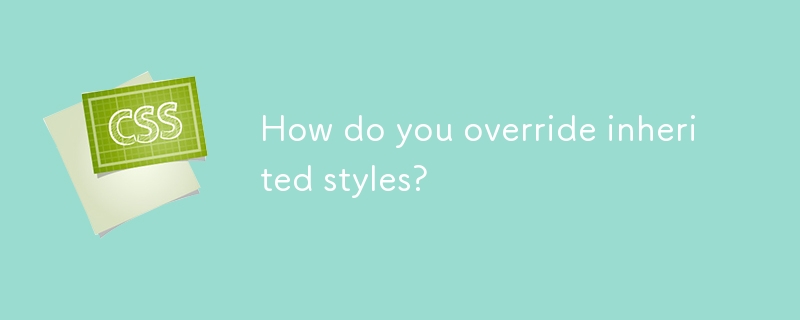
How do you override inherited styles?
Article Introduction:To overwrite CSS inheritance styles, you can take the following methods: 1. Use more specific CSS selectors, such as adding class name hierarchy, using ID or attribute selector; 2. Use!important to force overwrite only for debugging or third-party library conflicts, and add comments; 3. Use inline styles in special cases, but are not conducive to unified management; 4. Check the inheritance source, use the developer tools to view computedstyle, and adjust the parent or current element styles to overwrite the inheritance value. Mastering these tips can help solve problems where the style is not showing as expected.
2025-07-24
comment 0
404
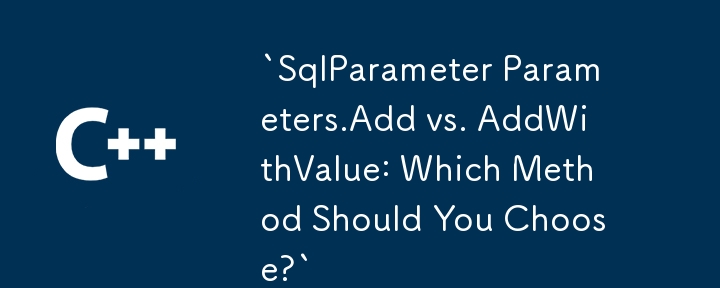

Dave The Diver: How To Catch Spider Crabs
Article Introduction:In Dave The Diver, there are some creatures that are not easy to catch. Or, catch alive that is. The spider crab is one of those very species, making it seem like the only way to bring these crustaceans back up to land is to viciously crack them up w
2025-01-10
comment 0
933
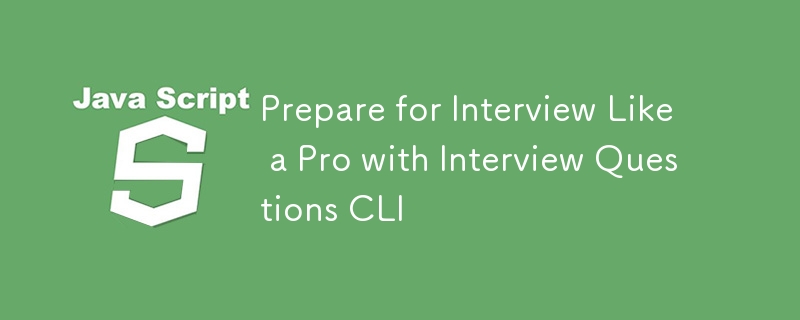
Prepare for Interview Like a Pro with Interview Questions CLI
Article Introduction:Prepare for Interview Like a Pro with Interview Questions CLI
What is the Interview Questions CLI?
The Interview Questions CLI is a command-line tool designed for JavaScript learners and developers who want to enhance their interview
2025-01-10
comment 0
1551
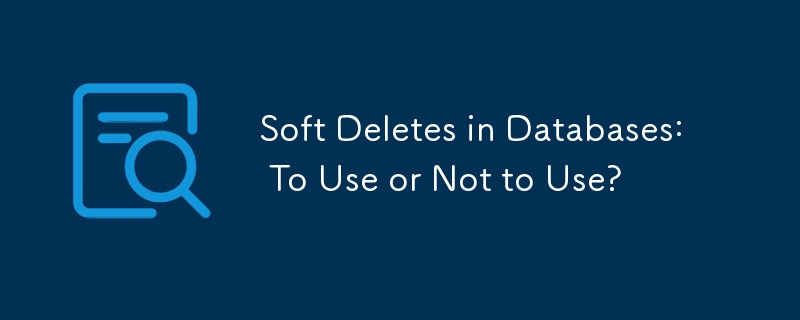
Soft Deletes in Databases: To Use or Not to Use?
Article Introduction:Soft Deletes: A Question of DesignThe topic of soft deletes, a mechanism that "flags" records as deleted instead of physically removing them, has...
2025-01-10
comment 0
1123









